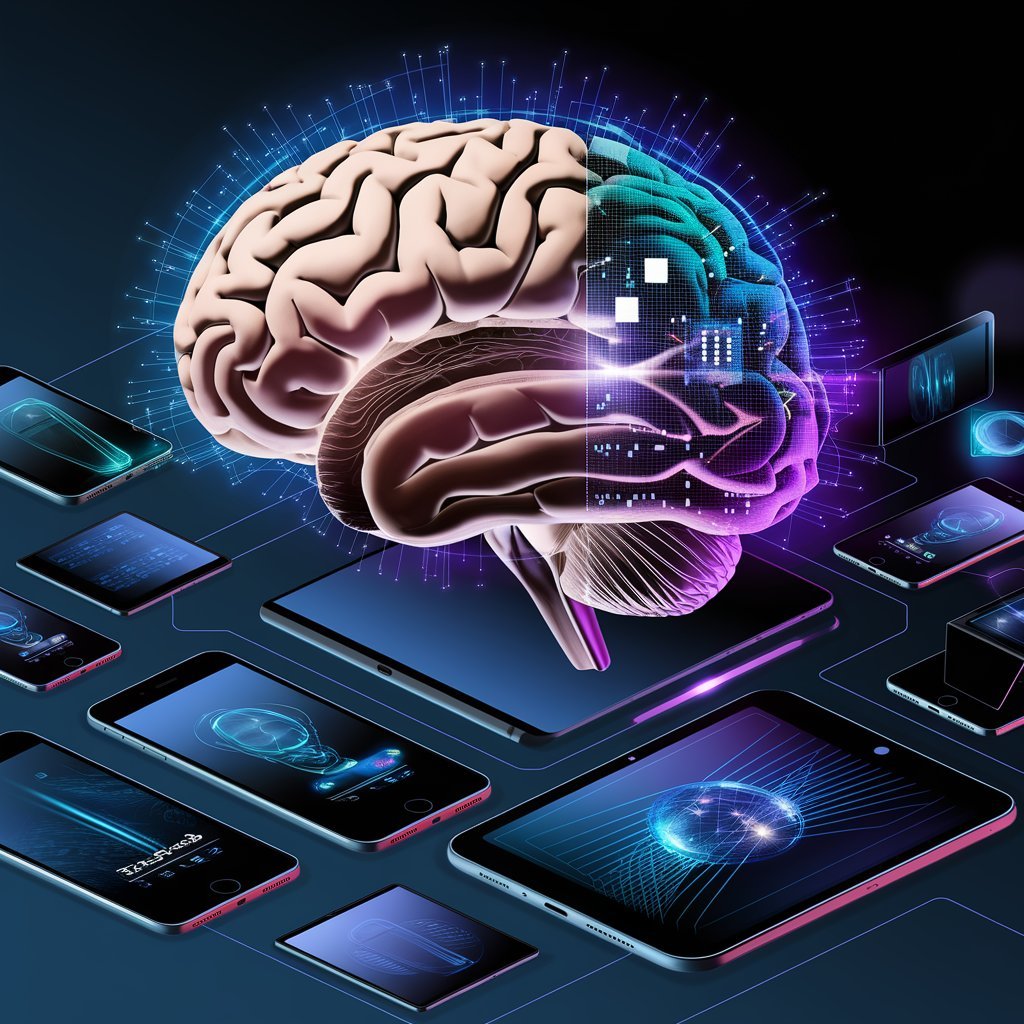In today’s digital age, gadgets are more than just tools—they’ve become extensions of ourselves. From smartphones and tablets to VR headsets and smartwatches, these devices have revolutionized how we live, work, and play. But as they become more ingrained in our daily lives, a pressing question emerges: How are these gadgets impacting our brains? The answer is fascinating and complex, as technology drives drastic changes in how our minds develop, adapt, and function.
The Brain on Gadgets: A Double-Edged Sword
Our brains are incredibly adaptive, constantly changing in response to new experiences and stimuli—a phenomenon known as neuroplasticity. Gadgets, with their constant stream of information, entertainment, and interaction, are powerful stimuli that significantly shape brain development. On the one hand, this can be positive. Educational apps, games that promote problem-solving, and tools that enhance creativity can stimulate cognitive development, particularly in young minds. However, there’s a flip side: the potential for overreliance on gadgets can lead to issues like reduced attention spans, impaired memory, and decreased social skills.
Cognitive Enhancements: Gadgets as Mental Gym Equipment
Not all gadget-induced brain changes are cause for concern. Certain gadgets are designed specifically to enhance cognitive functions. Brain-training apps, for example, claim to boost memory, attention, and problem-solving skills through targeted exercises. While the effectiveness of these apps varies, there’s no denying that they engage the brain in unique ways. Additionally, virtual reality headsets can immerse users in environments that stimulate spatial awareness, creativity, and empathy, offering experiences that traditional learning methods cannot replicate.
The Social Brain: Navigating the Digital Landscape
As social creatures, our brains are wired for connection. Gadgets, particularly smartphones and social media platforms, have transformed how we interact with others. While these tools can enhance connectivity, allowing us to maintain relationships across distances, they also come with risks. Excessive use of social media, for example, has been linked to increased feelings of loneliness, anxiety, and depression, particularly among younger users. The constant bombardment of notifications and the pressure to maintain a digital persona can also lead to cognitive overload, making it harder for the brain to process information and manage emotions effectively.
The Attention Economy: Gadgets and Focus
One of the most significant ways gadgets impact brain development is their influence on attention. Our devices are designed to capture and hold our attention, often at the expense of our ability to focus on a single task for an extended period. This constant switching between tasks—known as multitasking—can hinder productivity and make it more difficult for the brain to retain information. Over time, this can lead to what some experts call “digital ADD,” where the brain becomes accustomed to short bursts of attention rather than sustained focus.
The Next Generation: Gadgets and Childhood Development
The impact on brain development is particularly profound for children growing up in a world saturated with gadgets. On the positive side, interactive learning apps and games can promote cognitive skills, language development, and emotional intelligence. However, excessive screen time can also have negative effects, such as reduced physical activity, impaired social skills, and difficulties with emotional regulation. Parents and educators face the challenge of balancing the benefits of technology with the need for real-world experiences that foster holistic brain development.
The Key to Healthy Brain Development
The influence of gadgets on brain development is undeniable, but it’s not inherently negative. Like any tool, the impact of gadgets depends on how they are used. To harness the benefits while mitigating the risks, it’s crucial to strike a balance. This means being mindful of screen time, choosing gadgets and apps that promote positive cognitive and social development, and ensuring that technology complements, rather than replaces, real-world interactions and experiences.
Final Thoughts: Embracing Technology Mindfully
As gadgets evolve and become even more integrated into our lives, their impact on brain development will only grow. By understanding how these devices influence our minds, we can make informed choices about using them in ways that enhance, rather than detract from, our cognitive and emotional well-being. In a world where technology is constantly advancing, the key to healthy brain development lies in embracing gadgets mindfully, ensuring that they serve as tools for growth rather than obstacles to it.





